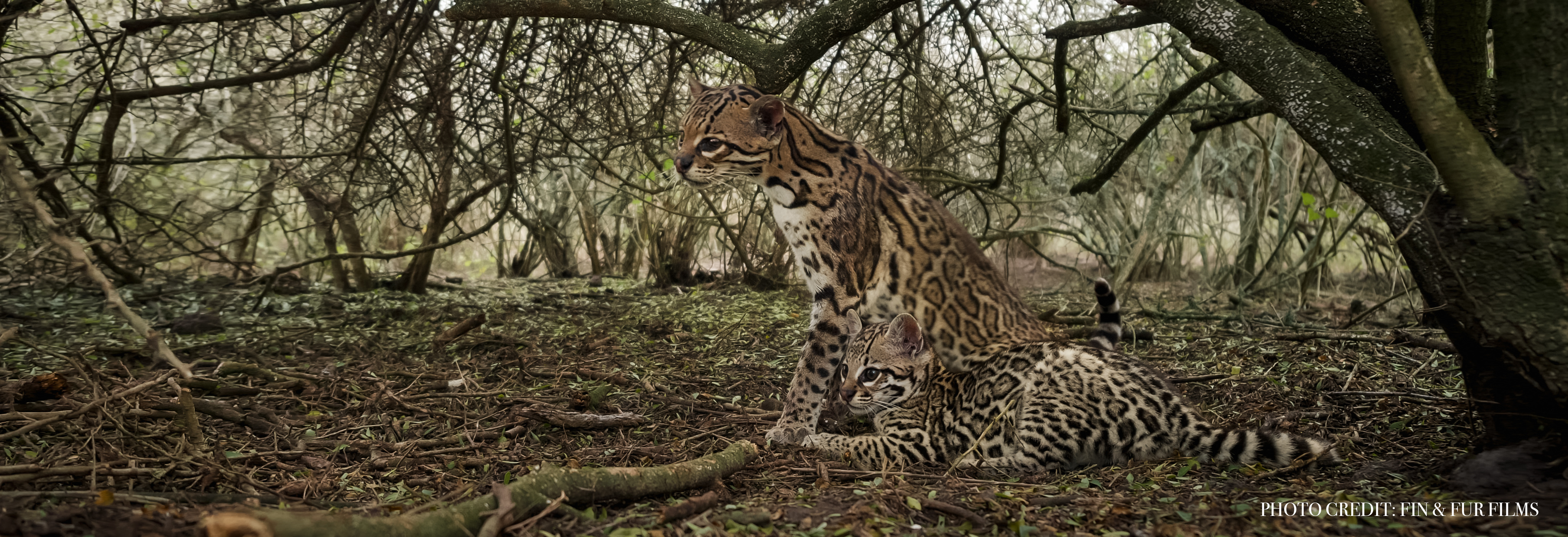


Texas is home to the last two remaining populations of ocelots in the United States. There are likely less than 100 of these magnificent cats in Texas, and the scientists at Caesar Kleberg Wildlife Research Institute (CKWRI) at Texas A&M – Kingsville, along with partners like the East Foundation, are dedicated to studying these rare animals with the hopes that these cats will continue to have a future in the United States.


